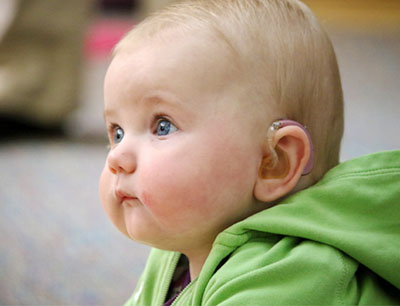Resources
Find many print and digital health information resources across many areas of Maine CDC focus.
Order Materials
Maine CDC webpages where you can order materials and brochures include:
Newborn Hearing

All Maine hospitals with birth facilities offer newborn hearing screening before babies go home. A hearing screening is a test to tell if an infant might have a hearing loss. Hearing loss can affect a child's ability to develop communication, language, and learning. Hearing screening is quick, easy, and does not hurt.
Newborn Bloodspot Screening
Maine's Newborn Bloodspot Screening Program helps parent's find out if a baby has certain health conditions. Babies with these conditions may look healthy at birth. If not treated, these conditions can cause significant health problems. With treatment, these problems may be prevented. This blood test is a screen and t is important for your baby to have regular check-ups and medical care.
Frequently Asked Questions
Q: Why does my baby need newborn screening tests?
Critical Congenital Heart Disease
Critical Congenital Heart Disease Screening
Critical Congenital Heart Disease (CCHD), involve types of heart defects that lead to low levels of oxygen in a newborn. This screening is important because some babies born with CCHD appear healthy at first but will need surgery or other procedures in the first year of life.
In the U.S. about 7,200 babies are born every year with a critical congenital heart defects. Undiagnosed babies are at risk of having serious complications within the first few days or weeks of life and often require emergency care.
CMV (Cytomegalovirus)
CMV is a virus that can infect people of all ages, and most people have no symptoms. When a baby is born with CMV infection, it is called congenital CMV. About one out of every 200 babies is born with congenital CMV infection. About one in five babies with congenital CMV infection will have long-term health problems. Screening for CMV in certain newborns is required by law.
Community Partners
This page has information and resources for partners who work on lead poisoning. This includes home visitors, partners funded to provide community-based lead poisoning prevention programs, and people who serve on the Lead Poisoning Prevention Advisory Board.
